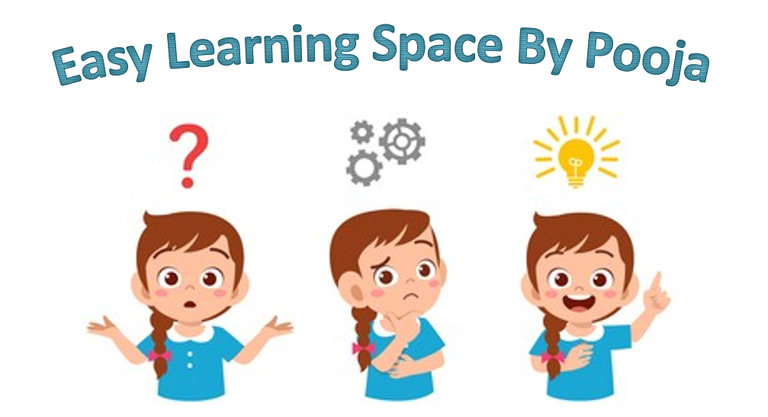Understanding National Education Policy 2020
Simplified understanding of National Educational policy importance of NEP 2020. Significance of NEP 2020
Pooja
6/12/20254 min read
National education policy 2020
So many requests to cover this topic on my blog so here we go. When you look at this topic, policies and objectives, it looks very complex, hence we will try to understand this in a simple way. For any nation to progress, upgrade and develop, literacy rate of that country needs to be of the highest level. Since independence several attempts have been made to introduce different schemes and policies have been introduced by the government. Without getting into too many details, a proper structured National education policy was first introduced in 1968 by then Prime minister Smt. Indira Gandhiji. Later in 1986 then Prime Minister Shri Rajiv Gandhiji brought in a new set of guidelines and refreshed the National Educational policy. In 1992 small and necessary changes were made with special reference to secondary higher education(grade 10th std). After that until the year 2020 no major changes or upgradation were done in the policies. Yes, you heard that right the world moved from landline to smart phones, from Orkut to Instagram from trunk call to WhatsApp, but we were still stuck in the age-old norm of teaching and learning methods. So finally in the year 2014, the Govt. in their election manifesto did speak about bringing in a new education policy during their tenure. So in 2015-16 a committee was formed to work and draft the new NEP. My research says that while drafting the policies of NEP 2020, elaborate research was conducted across the country to understand the current scenario in the field of education and the measure that had to be taken in order to align everything. The policies are framed keeping in mind the students from the remotest village to the most urban school going students.
Objectives of NEP 2020
I will skip the part of names of the people involved here since that is not the focus here. Anyway kudos to those people for bringing in the revolutionary changes.
The most important changes that were made were
Human resource and development ministry was changed and renamed as Ministry of Education focusing primarily on education only.
GDP investment in education increased from 1.6% to 6%
Focusing on gross enrollment ratio will be increased to 50% by 2035
Understanding the structure of NEP 2020
As common people we need to understand the basics of this policy.
Early childhood and education care (ECEC) is introduced. Research shows that the child's 85% of the child's cumulative brain development happens before the age of 6 (I have always mentioned that in several topics of my blogs). NEP 2020 aims to tap this potential in tiny tots of kindergarten and make education more accessible to all the children of this age group. Schooling begins as early at the age of 3. Teachers are trained to handle these children with appropriate care. Flexible and multifaceted activities will be introduced to the children. There will be no exams. No force or pressure to be applied on children to study in a certain way. Learning must be made fun and playful. Required equipment and infrastructure will be provided.
Preparatory stages (classes 3-5) would focus on holistic approach. Exams will be conducted but a little differently. Vocational training (life skills) such as cooking, stitching, mechanics and other life skill interests. Focus will be on holistic learning. All round development of the students will be given utmost priority. The 21st century skills like critical thinking, communication, collaboration, digital literacy and creativity will be center of attention around which the curriculum and lesson plans will be made.
There is a detailed plan about the secondary education will be panned out and how the degree courses will be continued, we shall focus on that in another blog, right now we will continue to understand the early childhood and preparatory stages of NEP 2020.
NEP 2020 also focuses on introducing different learning techniques such as experiential learning and multidisciplinary learning.
Experiential learning: This learning does not happen on a pen and paper. This learning happens based on practical experiences. Children learn by doing the actual thing rather than just study in the textbook. They are learning about states of matter, solid liquid gases, they will not just learn the definitions, but will practically do it together in class along with their teacher. If they are learning about different types of plants, they will practically visit a Nursery to observe and note down different types of plants that were available. It is also one of the most successful method of teaching in the recent times. We can recall many such examples.
Multidisciplinary approach: It is a teaching approach which is designed to study or understand a topic in multiple ways. For example if the students are studying about the water dispute between Karnataka and Tamil Nadu, then they need to understand and analyze the matter from different perspective.
These kinds of approaches will help the students to expand their creative thought process. It will enhance their intelligence not only technically but also emotionally. Personally, I am very excited for such fun and innovative way of teaching and learning process for our students. It will make them future ready and apply their knowledge and skills in the real world. I think the future generation of students are now equipping themselves to be the global citizens.
If you would like, I will share more about this topic. DO let me know in your feedback. Also please pour in suggestions on what topic you would like me to write my blogs on. Hope you liked my blog :)
Love
Pooja

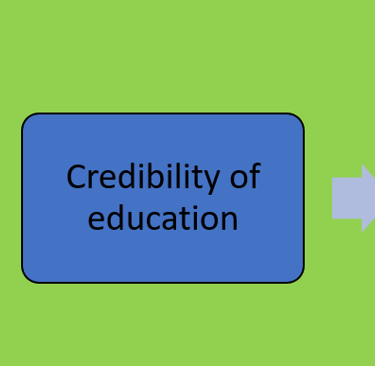
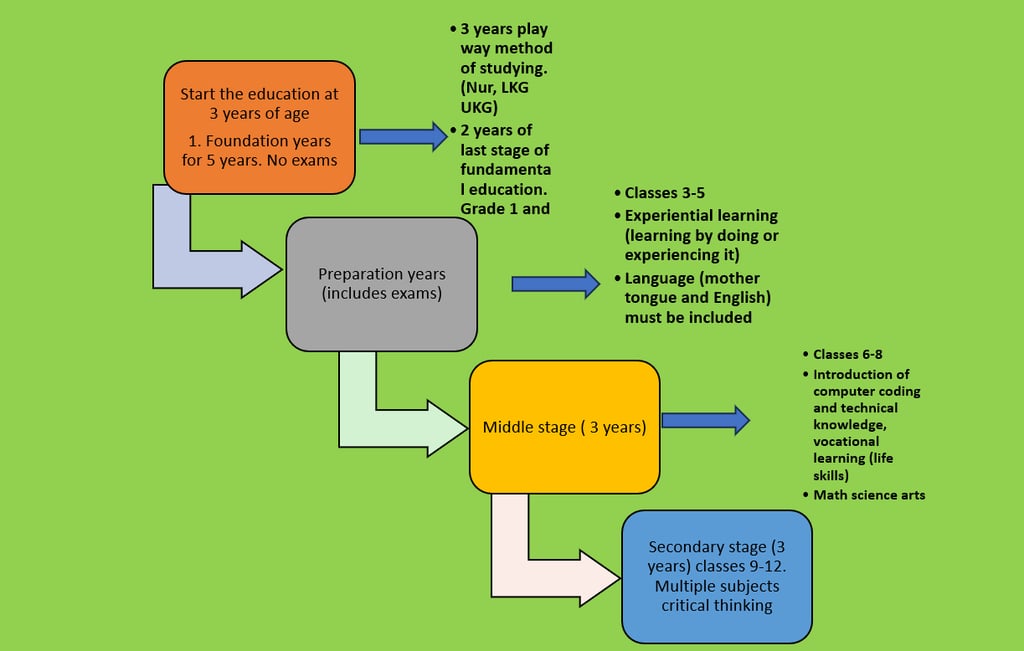

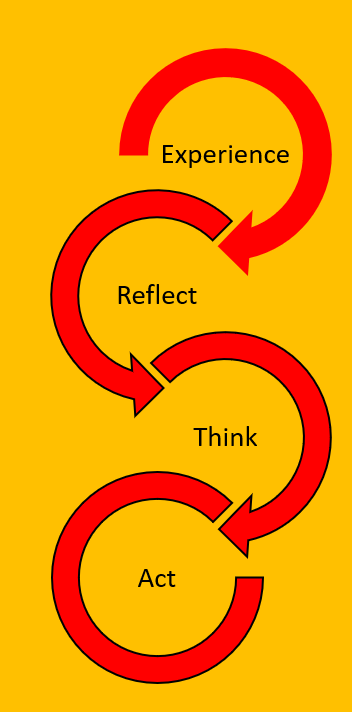

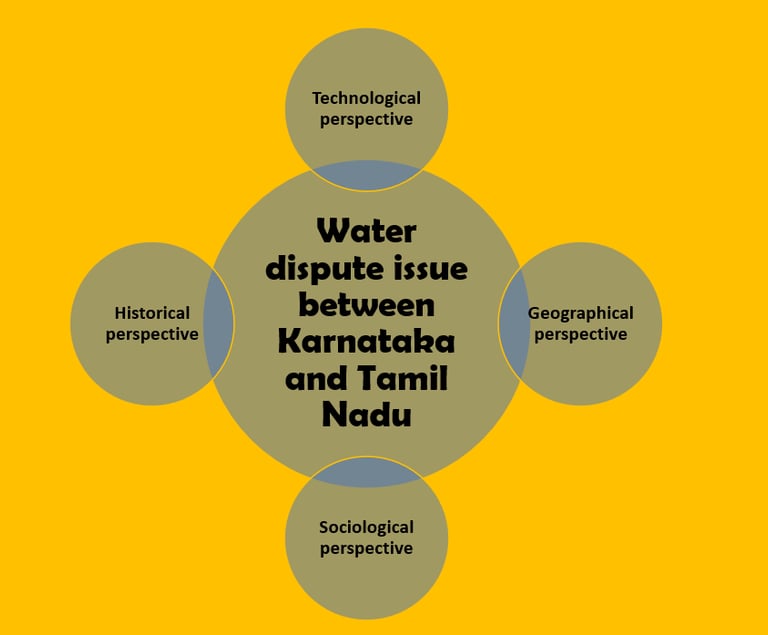

Address
Pooja
Bangalore
Contacts
easylearningspacebypooja@gmail.com
Subscribe to our newsletter
This blog is for educational purpose only
All the information on this website – www.easylearningspace.com – is published in good faith and for general educational and informational purposes only. I aim to provide helpful teaching tips and resources, but I make no warranties about the completeness, reliability, and accuracy of this information.
Any action you take upon the information you find on this website is strictly at your own risk. I will not be liable for any losses
